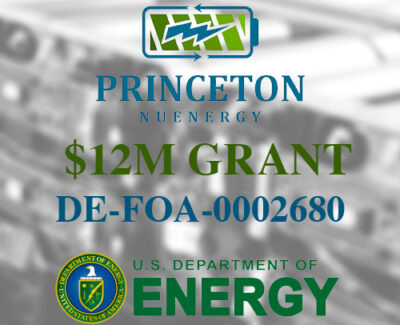Science Direct
In situ species diagnostics and kinetic study of plasma activated ethylene dissociation and oxidation in a low temperature flow reactor
Joseph K. Lefkowitz, Mruthunjaya Uddi, Bret C. Windom, Guofeng Lou, Yiguang Ju
Published 24 August 2014
In situ measurements by mid-IR laser absorption spectroscopy of C2H4/Ar dissociation and C2H4/O2/Ar oxidation activated by a nanosecond repetitively pulsed plasma have been conducted in a low temperature flow reactor (below 500 K) at a pressure of 60 Torr for both a continuously pulsed plasma discharge mode and a burst mode with 150 pulses. The measurements of the in situ diagnostics are validated and complemented by gas chromatography in the continuous discharge mode. A recently developed kinetic mechanism (HP-Mech-Plasma) for plasma activated C2H4 oxidation is assembled. The experiments of plasma activated dissociation show that the formation of acetylene by direct electron impact dissociation and dissociation by excited and ionized argon collision reactions is the major fuel consumption pathway. Plasma activated C2H4 oxidation experiments show that there exist three fuel consumption pathways, (1) a plasma activated low temperature fuel oxidation pathway via O2 addition reactions; (2) a direct fragmentation pathway via collisional dissociation by electrons, ions, and electronically excited molecules; and (3) a direct oxidation pathway by plasma generated radicals. It is found that the plasma activated low temperature oxidation pathway is dominant and leads to a large amount of formaldehyde formation with less acetylene and negligible large hydrocarbon molecules as compared to the dissociation experiment. The results also indicate that the latter two fuel consumption pathways are strongly dependent on O2 and Ar concentrations due to their effect on the production of atomic oxygen and excited Ar. Although the current model improves the overall prediction over USC-Mech II for plasma activated dissociation and oxidation, both models fail to predict quantitatively the H2O and CH4 formation. The present data provide good targets for future model development in plasma-assisted combustion.




